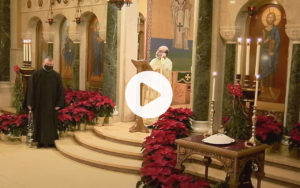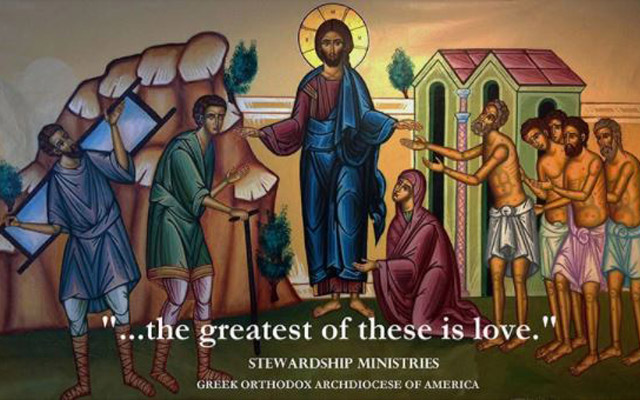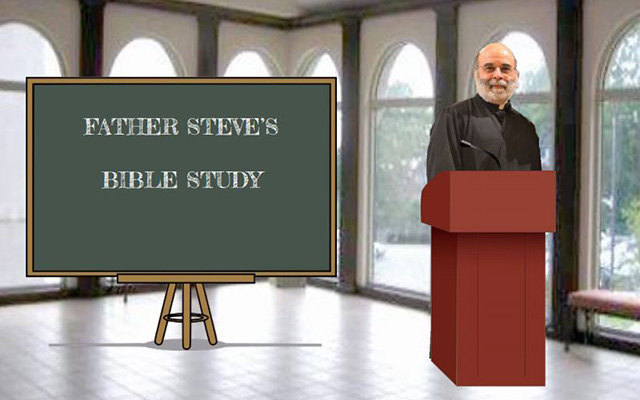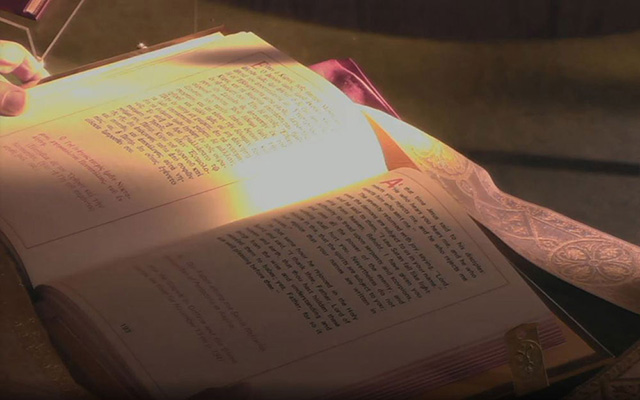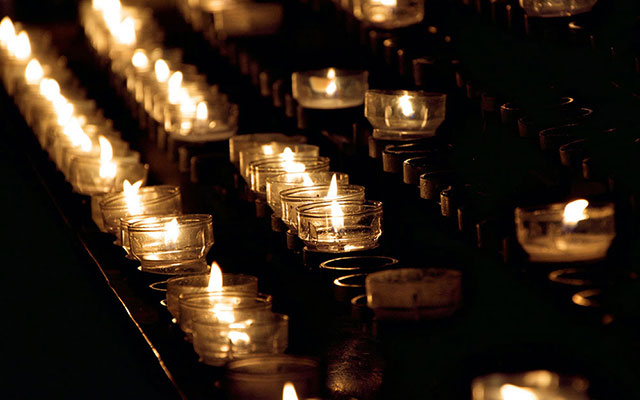The Sixth Wednesday after Pascha. CHRISTOS ANESTI! CHRIST IS RISEN! Persons in Communion: From Individual to Person (Part I)
The Body of Christ is not only unity but interchange, by which the ‘movement of love’ of the Trinity is conveyed to humankind. This movement, in which each effaces himself in order to give, is the transition from individual to person, a growing to maturity certainly, but only achieved by means of a succession of death-and-resurrections, in the course of which we are stripped down and recreated. We become unique, escape the repetitive character of


